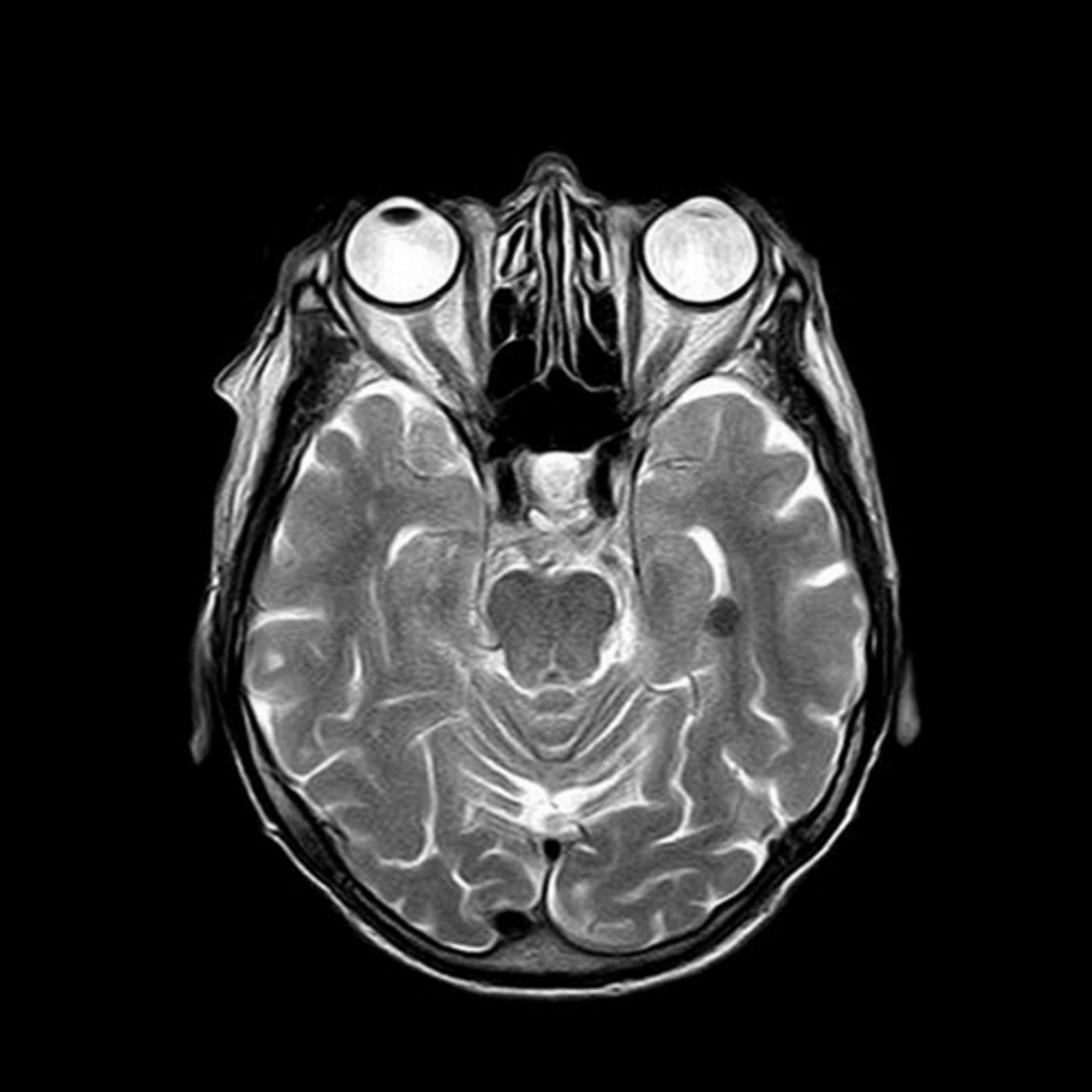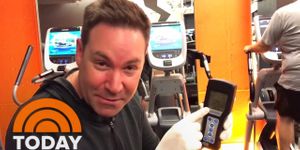Treating Essential Tremor With Ultrasound
Shaking or "tremors" of the hands or head can make it difficult for patients to engage in the simple tasks of daily life. Tremors can have several causes, from a traumatic brain injury to neurological diseases, but the most common reason is essential tremor (ET.) The shaking of hands or arms is often associated with Parkinson's disease, (PD) but they are different in a few significant ways.
Head tremor is common with essential tremor but isn't usually seen in the early stages of Parkinson's. For patients with PD, once they get up and move, the tremors lessen. In essential tremor, the opposite is true, the shaking decreases when a person is at rest and flares when they try to move. Approximately 10 million people in the United States alone are affected by essential tremor, while the numbers for Parkinson's cases are lower at about 1 million patients in the US.
Research at the University of Maryland has shown that using focused ultrasound waves, guided by MRI imaging, can reduce the tremors in patients with ET. In a study of 76 patients who underwent MRI guided ultrasound treatment, 56 of the volunteers showed at least a 50% improvement in tremors. The procedure might sound a little scary, but it seems to work. Passing ultrasound waves through the skull and scalp of patients, is extremely precise, with the ultrasound waves having just a millimeter swath of focus. The ultrasound heats the brain tissue to a temperature high enough to burn away some of the pathways that the tremors use in the brain. Patients are placed in an MRI scanner, and the progress is checked periodically during the procedure. The patient is awake for the treatment which can take 2-4 hours depending on several factors. At different intervals, the patient is removed from the MRI machine, asked to draw shapes or letters, and then returned to the scanner to check on the burn area.
The participants in the study were all patients who had a diagnose of ET but had not seen any relief from medication. Howard M. Eisenberg, MD, is the RK Thompson Professor and Chair of Neurosurgery at the UM School of Medicine. He was also the co-author of the work and explained, "We are very excited to have this new noninvasive treatment option for patients who struggle every day with this debilitating neurological disorder. We saw an impressive reduction in tremors in hands and arms and an improvement in the quality of life in patients who experienced no relief from medication."
In the video below, patients involved in the study at the University of Maryland show improvement in holding a bottle of water, writing and drawing shapes. The researchers hope that this trial can offer some relief to patients with essential tremor that has not responded to medication.
Sources: University of Maryland via Science Daily, NBC News, New England Journal of Medicine









